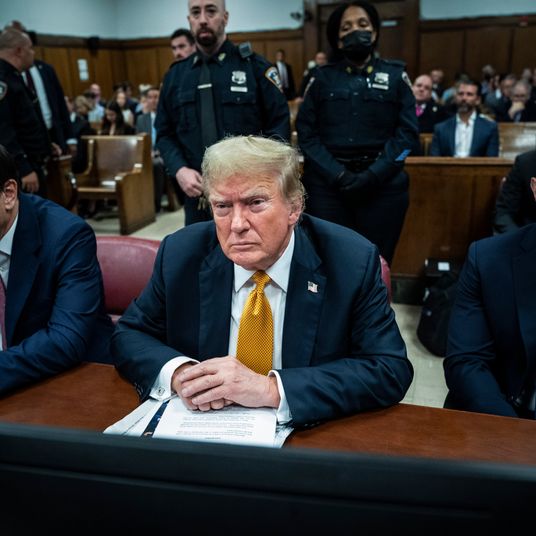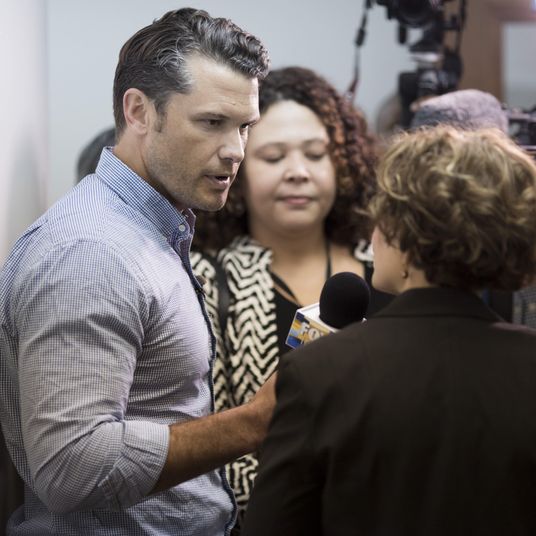
One of the most important things during a crisis is for the authorities to speak in clear language. If the public doesn’t know exactly what’s expected of them or exactly what the prognosis is for the immediate future, that’s a recipe for making an already-difficult period only more confusing and chaotic.
The current confusion over “shelter in place” is an excellent, if frustrating, example. As it is traditionally used, shelter in place has an intuitively obvious definition: “Shelter in place means finding a safe location indoors and staying there until you are given an ‘all clear’ or told to evacuate,” notes Yale University’s website. The two most common situations in which shelter-in-place orders are given are probably during tornadoes and active-shooter events. What both those events have in common is (1) there is an imminent threat to people’s lives unless they stay exactly where they are, and (2) authorities can accurately state when the threat has dissipated and it is okay to leave. “Shelter in place” feels designed to have a certain visceral urgency to it, because that’s what it needs during those circumstances: If you leave your basement or the classroom where you’re hunkered down, you could be killed immediately.
During the coronavirus crisis, though, shelter in place has become part of the American vernacular in a much different and more confusing way. Take the Bay Area and Sacramento. About 9 million people there are under what has been described as a shelter-in-place order — except it is nothing like that. As this explainer, well, explains, residents of the six counties in question can get in their car to drive elsewhere, can pick up takeout from the many restaurants still serving it, can go out for a walk or run or for all sorts of other activities (while advised to stay six feet from others), and on and on. Police have some discretion to enforce a stricter set of guidelines, but as of now they aren’t doing so at all. You can leave your house whenever you want.
So it really isn’t a shelter-in-place order at all, and it is likely that many people are confused when they encounter that phrase. There would be many other, more accurate ways to describe the situation, like “limit your excursions, and stay six feet from others if you do go out.”
In New York City there’s some similar ambiguity. There has been a long, drawn-out conversation over whether the city should institute a shelter-in-place order: Mayor Bill de Blasio seems to want one, while Governor Andrew Cuomo has dragged his feet and highlighted the practical difficulties. But even two of the most powerful men in New York State don’t seem to know exactly what they are talking about: “De Blasio acknowledged he was unsure of the difference between quarantine and shelter-in-place order, and further said any decision should involve input from the state,” notes the Daily News. Cuomo, for his part, only made things more confusing during press appearances in which he hasn’t been working with the same definition of shelter in place as other leaders. “You want to shelter in place, what you’re really saying is we’re closing the businesses, right?” he said during an interview with Rachel Maddow and Brian Williams on Tuesday, responding to a question from Maddow about the Bay Area’s shelter-in-place order. Then, during a press conference yesterday, he opposed a shelter-in-place order on the grounds that it could involve shutting down grocery stores.
The idea of food markets in New York City shutting down is, in fact, terrifying, and were it to happen, it would likely cause an instant panic or attempted exodus — but as of now there is no place in the U.S. under a shelter-in-place order where such markets are closed. In the Bay Area, you can walk into a supermarket and buy what you want (depending on supplies).
Authorities should simply stop using this phrase. It’s extremely confusing because, as of now at least, it doesn’t mean what it sounds like. Perhaps more important, if things get worse and an actual shelter-in-place order could become necessary, it will only ramp up the confusion: We’re instituting a shelter-in-place order — no, but really this time.
It doesn’t matter what alternative phraseology politicians adopt. Anything that is pithy and clear will work. But for now, “shelter in place” is extremely confusing and should be dropped.





























